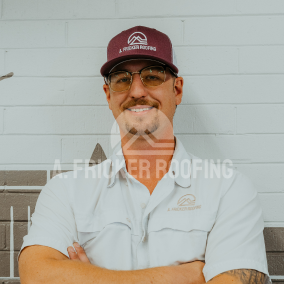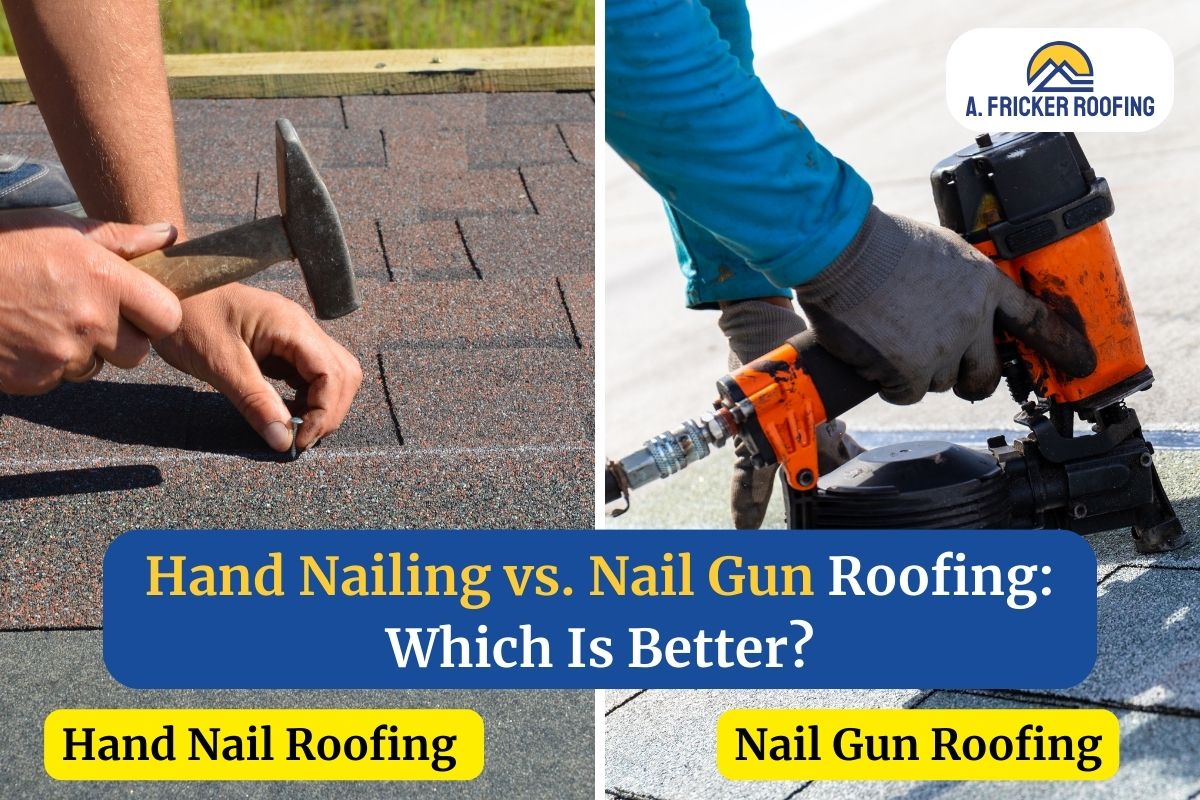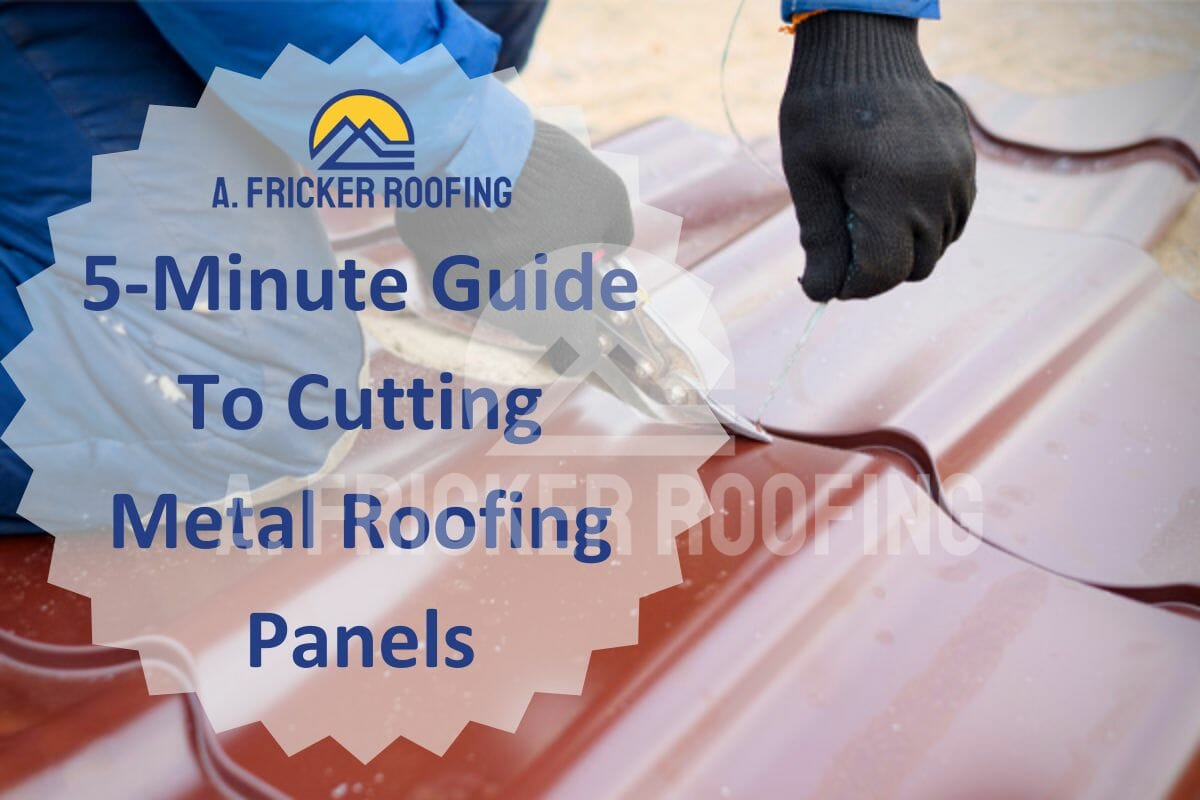7 Common Problems With Synthetic Roof Underlayment
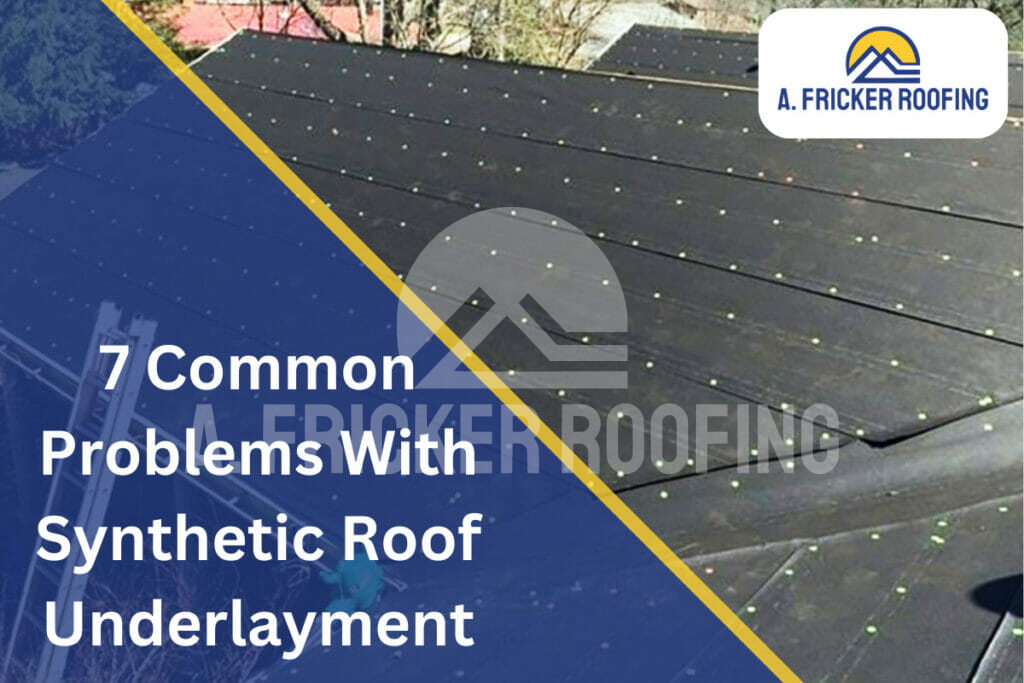
Synthetic roof underlayment has become increasingly popular in recent years due to its durability and weather resistance. However, like any roofing material, it’s not without its issues. This article will explore seven problems with synthetic roof underlayment that homeowners and contractors may encounter. From installation challenges to long-term concerns, we’ll break down each issue and provide solutions to help you make the most of this modern roofing material.
What Is Synthetic Roof Underlayment?
When it comes to protecting your home from the elements, the roof is your first line of defense. But beneath those shingles or tiles lies a crucial, yet often overlooked component – the underlayment. Laid directly over the roof deck, underlayment is meant to add an additional layer of protection to the roofing system. It primarily serves to protect the roof deck from any leaks that get behind the roofing material. Traditionally, roofing felt has been the go-to material for underlayment. However, in recent years, a new material has emerged: synthetic roof underlayment.
Types of Synthetic Roof Underlayment
Three primary types of synthetic underlayment are commonly used:
Polypropylene (PP)
PP synthetic underlayment is known for its strength and tear resistance. It provides a reliable barrier against moisture and UV rays. It’s an excellent choice for areas with extreme weather conditions.
Polyethylene (PE)
PE underlayment offers flexibility and durability. Its ability to conform to the roof’s contours makes it a popular choice for complex shapes.
Rubberized Asphalt
Rubberized asphalt underlayment combines the benefits of synthetic materials with an asphalt layer, providing superior water resistance. It’s an ideal choice for regions with heavy rainfall.
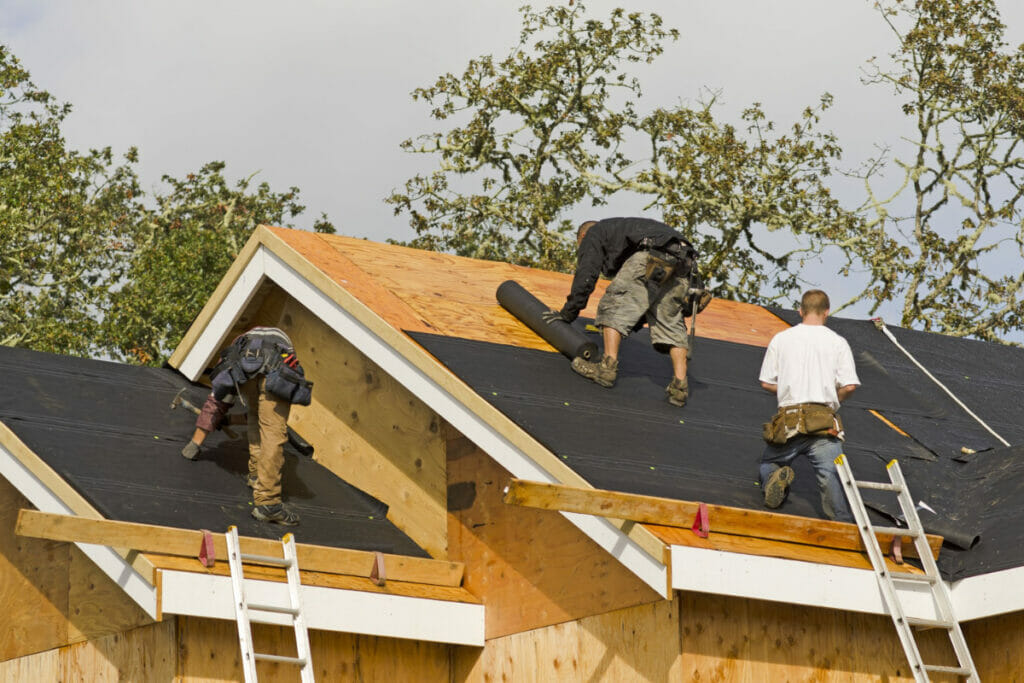
Problems With Synthetic Roof Underlayment And Their Solutions
1. Inadequate Installation
One of the primary problems with synthetic underlayment arises during installation. If it’s not fastened correctly, it can lead to tears, wrinkles, or even complete failure. This can compromise the entire roofing system’s integrity.
To avoid this issue, ensure the underlayment is securely fastened to the roof deck according to the manufacturer’s guidelines. Use appropriate fasteners and spacing to prevent any sagging or movement.
2. Moisture Trapping
Synthetic underlayment is a vapor barrier, which means it can trap moisture if it’s not installed with proper ventilation. Trapped moisture can lead to mold growth, wood rot, and other structural issues over time.
To prevent moisture buildup, install adequate ventilation in your roofing system. This can include ridge vents, soffit vents, and other ventilation solutions that allow air to flow freely beneath the underlayment.
3. UV Damage
Synthetic underlayment is susceptible to UV damage if left exposed for an extended period. UV rays can weaken the material, causing it to become brittle and less effective at protecting your roof.
To combat UV damage, promptly cover the underlayment with roofing materials. If there are delays in the roofing project, consider using UV-resistant synthetic underlayment to mitigate the effects of sunlight.
In most cases, synthetic roof underlayment will suffer damage when exposed, typically during heavy storms when shingles come off the roof. So to ensure your roof is intact after a storm, inspect its surface and take preventative measures to stop further damage.
4. Delamination
Delamination is a common issue with lower-quality synthetic underlayment. This occurs when the layers of the material start to separate, reducing its effectiveness as a moisture barrier.
To avoid delamination, invest in high-quality synthetic underlayment from reputable manufacturers. It may cost more upfront, but it will save you from potential problems down the road.
5. Compatibility With Roofing Materials
Not all synthetic underlayment products are compatible with every type of roofing material. Adhesion problems can arise if the underlayment and roofing materials are not compatible.
Before starting your roofing project, check the manufacturer’s recommendations to ensure the underlayment is suitable for the roofing material you plan to use.
6. Durability In Extreme Conditions
While synthetic underlayment is generally durable, it may face challenges in extreme weather such as heavy snow or hail. It can tear or puncture under the pressure of these conditions.
Consider the climate in your area when choosing synthetic underlayment. Opt for thicker or reinforced underlayment in regions prone to severe weather for added protection.
7. Longevity
The lifespan of synthetic underlayment can vary depending on factors like the quality of the material, installation, and climate. Some lower-quality options may not last as long as you expect.
To maximize the lifespan of your synthetic underlayment, follow proper installation procedures, perform regular roof inspections, and be prepared to replace it when necessary.
If you are considering roof replacement, also read: 11 Reasons Why You Should Consider An Impact-Resistant Roof
How To Correctly Install Synthetic Roof Underlayment
Installing synthetic underlayment correctly is crucial to prevent damage and ensure it performs its intended function as a protective barrier beneath your roofing material. Here’s a step-by-step guide on how to install synthetic underlayment to prevent damage:
Tools and Materials You’ll Need:
- Synthetic roof underlayment rolls
- Roofing nails or plastic cap nails
- Roofing staples
- Hammer or roofing nail gun
- Utility knife
- Tape measure
- Chalk line
- Roofing cement (optional)
- Roofing adhesive (optional)
1. Start At The Bottom:
Begin installing synthetic underlayment along the eaves (the lowest part of the roof). Allow it to overhang the eaves by about 1/4 to 1/2 inch, to help direct water away from the fascia.
2. Secure The Underlayment:
Secure the underlayment to the roof deck using roofing nails or plastic cap nails. Space nails are approximately 6 to 8 inches apart along the eaves and around 12 inches apart on the upper roof deck. Be careful when nailing it into place to avoid tearing the underlayment.
3. Overlap Seams:
Overlap subsequent rolls of underlayment by at least 4 to 6 inches. Some products may have printed guidelines for overlapping. Ensure the seams are aligned parallel to the edge of the roof to prevent water from infiltrating the underlayment.
4. Staple Or Nail The Overlaps:
Use roofing staples or nails along the overlapped sections to secure both underlayment layers. Space fasteners are approximately 6 to 8 inches apart along the edges and 12 inches apart on the main portion of the roof.
5. Cut And Fit:
Use a utility knife to trim excess underlayment along edges, valleys, and around penetrations such as vents and chimneys. Make precise cuts to ensure a neat and snug fit.
6. Valley Installation:
When installing the underlayment along roof valleys, run the underlayment vertically, ensuring it covers both sides of the valley. Fasten it securely to prevent water from entering the valley.
7. Penetrations And Edges:
Pay special attention to areas around roof penetrations. Use roofing cement or adhesive to seal around vents, pipes, and other protrusions. Additionally, use metal drip edge flashing along the eaves and rake edges for added protection.
8. Ridge And Hip Installation:
When reaching the ridge or hip of the roof, extend the underlayment over the top and secure it. You can use roofing adhesive to help hold it in place.
9. Inspect For Wrinkles And Bubbles:
During installation, periodically inspect the underlayment for wrinkles, bubbles, or creases. Smooth out any imperfections to ensure a flat, uniform surface.
10. Complete The Installation:
Continue installing synthetic underlayment across the entire roof, working your way up to the ridge.
In conclusion, synthetic roof underlayment offers numerous advantages, but it’s essential to be aware of its potential problems. You can make the most of this modern roofing material by addressing installation issues, moisture concerns, and UV damage promptly. Additionally, make sure you choose an underlayment that aligns with the longevity, durability, and material your roof needs.
Best Roof Replacement And Installation Services In Tulsa, OK
While installing roof underlayment comes before laying roofing shingles, we don’t recommend homeowners attempt it as a DIY project. If your roof underlayment is damaged and needs special care, look for professional assistance. A. Fricker Roofing and Waterproofing in Tulsa is home to skilled roofers who you can trust and rely on. Call us today at (918) 402-7167 and consult one of our professional roofers about your roof replacement.
